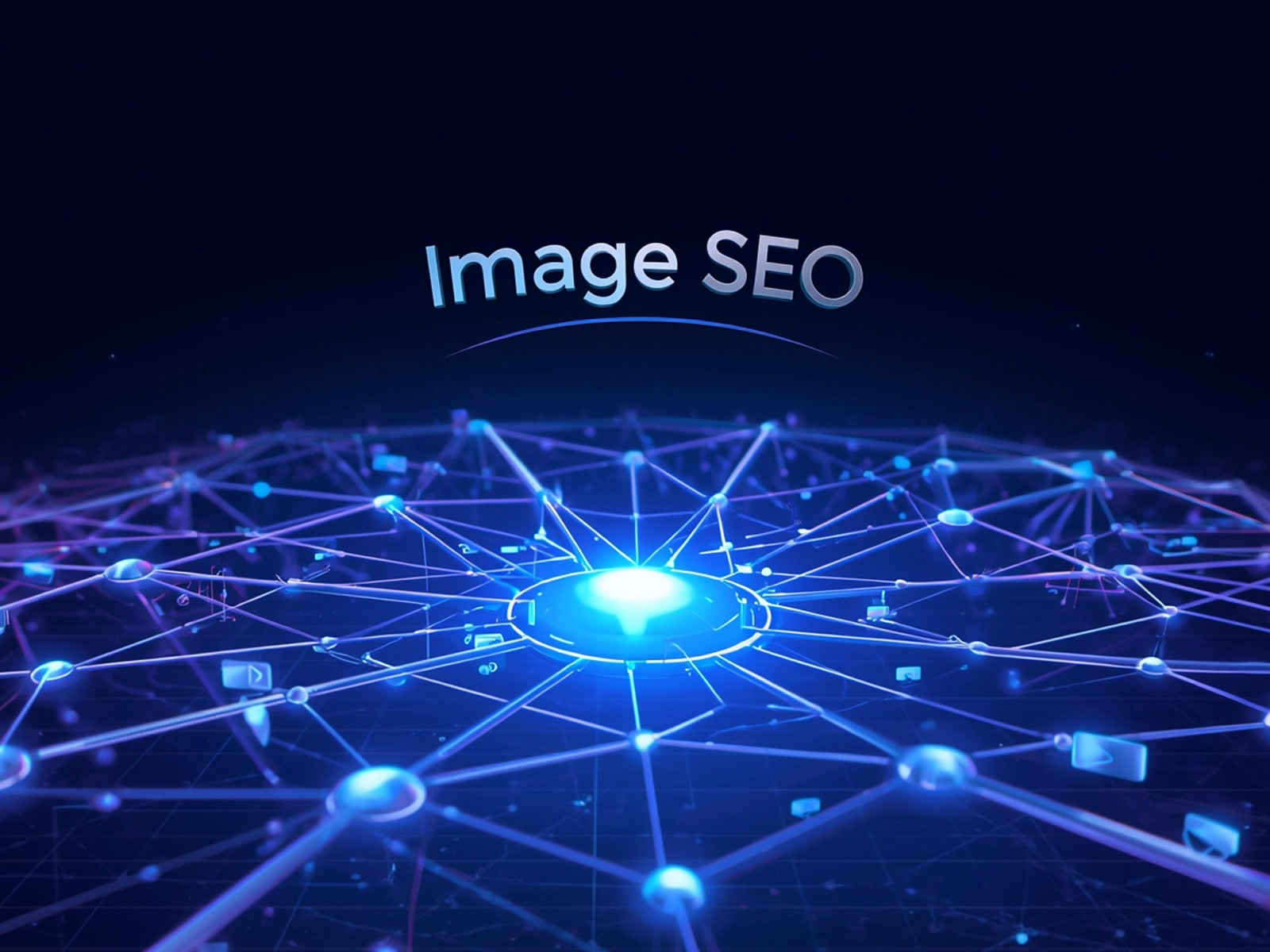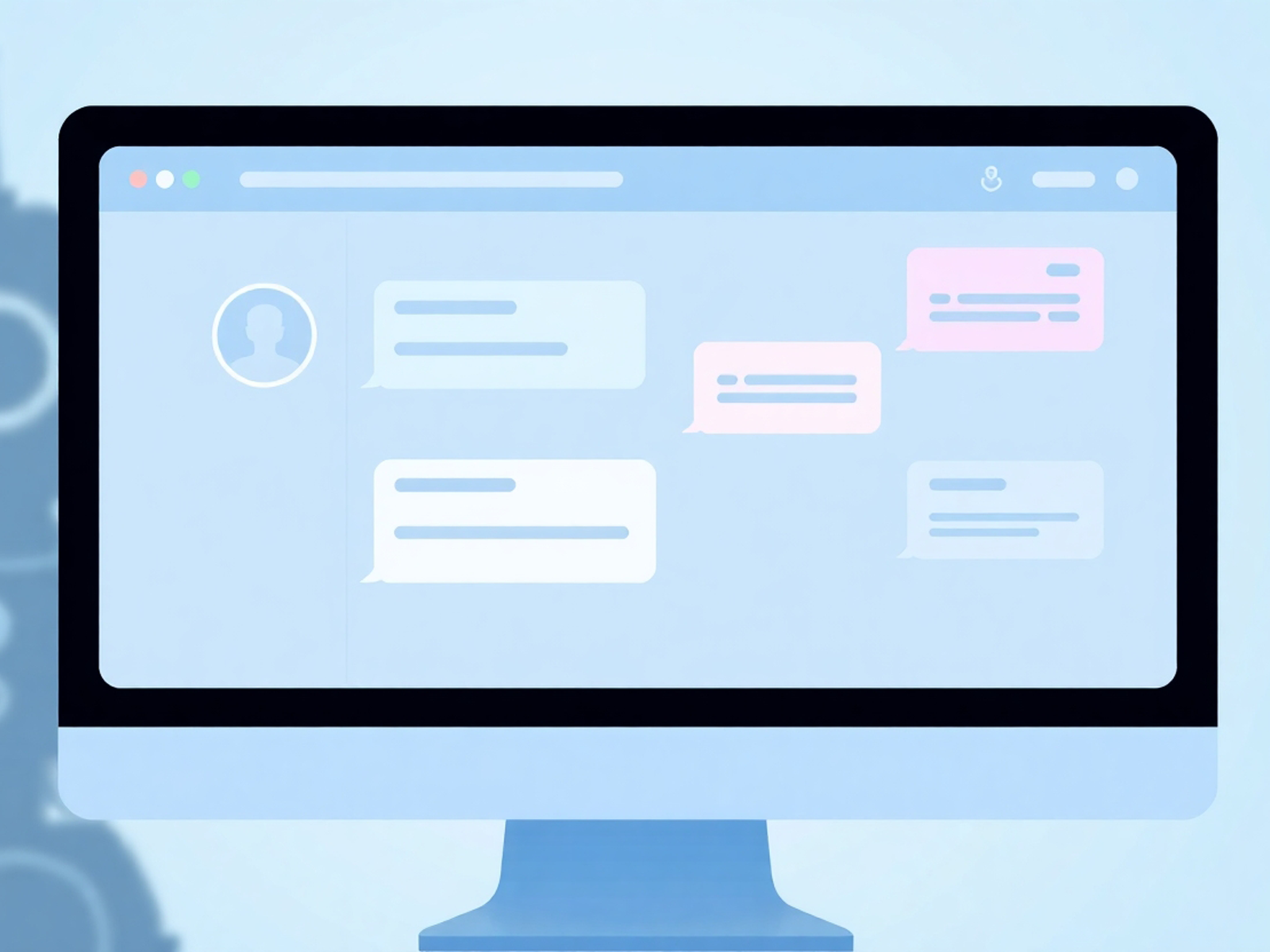
Image SEO for multimodal AI systems

The customer journey no longer belongs to just one person

How conversational AI is changing the economics of paid search

2 minutes
Google has begun placing advertisements within chats with third-party AI assistants, according to Bloomberg. This move is part of the company’s broader strategy to expand monetization opportunities in an evolving digital landscape where users increasingly turn to interactive AI platforms instead of traditional search processes. By doing so, Google aims to integrate advertising directly into new search formats powered by artificial intelligence, offering brands new channels to reach their audiences while maintaining its leadership in the digital advertising market.
Google is now using its AdSense advertising network — traditionally used for placing ads in search results and on websites — within AI chatbot conversations.
The testing has already started in collaboration with two AI startups:
A Google spokesperson confirmed that AdSense is now available for websites that want to display relevant ads within AI chat experiences.
The focus of search is shifting — more users are turning not to traditional Google Search, but to AI assistants such as ChatGPT, Claude, and Perplexity. To avoid losing its advertising foothold, Google is adapting and offering ads directly within conversations between users and artificial intelligence. This signals the company’s effort to remain relevant amid changing user behaviors and the blurring lines between search, communication, and information consumption.
This opens the door to a new contextual advertising format with the potential for higher engagement and better personalization than standard banners or webpage links. Advertisements can now adapt to the tone, content, and intent of the user at a specific moment in the dialogue, making them more relevant, less intrusive, and likely more effective. It also lays the foundation for new forms of brand-audience interaction — ones based on a deeper understanding of the query and context rather than just keywords.
AI platforms often have a lower CTR (click-through rate), which could be problematic for traditional advertising models built on scale and user engagement. Users typically expect clear and concise answers from AI assistants, not redirections to external websites — which means ad integration must strike a delicate balance between usefulness and subtlety. However, in research-heavy topics such as finance, healthcare, technology, or legal services, contextually embedded ads could even enhance the value of a response. In these cases, brands have an opportunity to become part of an educational or analytical dialogue, not just another ad slot.
The key focus will be how users respond: will they find such ads useful, relevant, and naturally integrated into the conversation — or intrusive insertions that reduce trust in the tool? Transparency will also be essential: will users clearly understand where the AI-generated answer ends and where the sponsored content begins?
Google will need to develop new interaction models that not only preserve commercial potential but also maintain trust in the AI experience as a whole. This is a complex challenge, as technologies and user expectations evolve rapidly, and the level of acceptance for new ad formats remains unpredictable.
This article available in Ukrainian.
Say hello to us!
A leading global agency in Clutch's top-15, we've been mastering the digital space since 2004. With 9000+ projects delivered in 65 countries, our expertise is unparalleled.
Let's conquer challenges together!
performance_marketing_engineers/
performance_marketing_engineers/
performance_marketing_engineers/
performance_marketing_engineers/
performance_marketing_engineers/
performance_marketing_engineers/
performance_marketing_engineers/
performance_marketing_engineers/